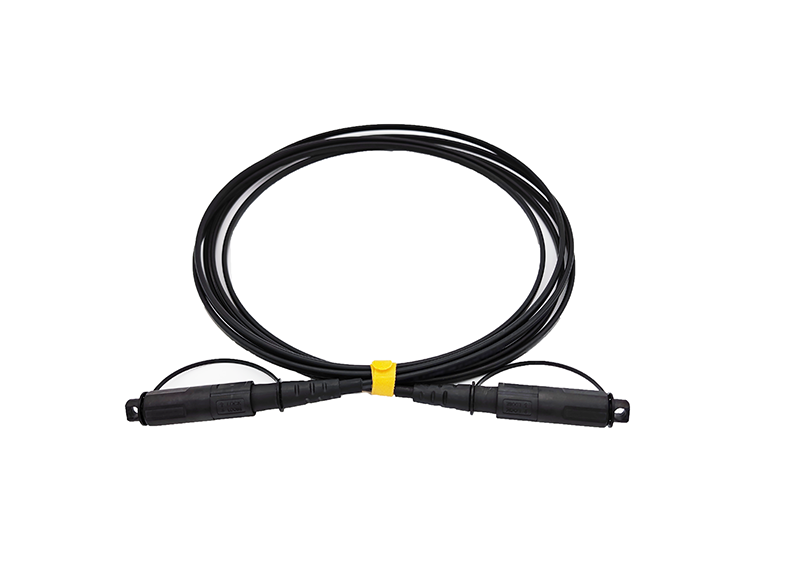1. This sign: is the inherent loss of optical fiber, including: Ruili scattering, inherent absorption, etc.
2. Bending: When the optical fiber is curved, some optical in the fiber will lose due to scattering, causing losses.
3. Squeezing: Losses caused by tiny bending when optical fibers are squeezed.
4. Insuction: The light that is absorbed and scattered in the optical fiber in the fiber, causing losses.
5, unevenness: loss caused by uneven refractive index of optical fiber materials.

6. Docking: The loss generated during the docking of fiber, such as: different shafts (monocular fiber -fiber -coaxiality requirements are less than 0.8 μm), the end surface and axis are not vertical, the end surface is uneven, the docking heart diameter is not matched and the melting mass is poor.
7. Multi -mode optical fiber: Central glass core teaching (50 or 62.5 μm), which can pass the light of various modes. However, the color scattered between its models is large, which limits the frequency of transmitting digital signals, and it will be more serious with the increase of distance. For example: The optical fiber of 600MB/KM is only 300MB bandwidth at 2km. Therefore, the distance between the multi -mode fiber transmission is relatively close, usually only a few kilometers.
8. Single -mode optical fiber: Central glass core teaching details (the core diameter is generally 9 or 10 μm), and only one mode of light can be passed. Therefore, the color of the models is very small and suitable for remote communication, but its color color scattered the main role. In this way, the single -mode fiber has high requirements for the width and stability of the light source. Essence
9. Conventional optical fiber: The optimization frequency of optical fiber production is optimized on a single wave of light, such as 1300 μm.
10. Color -scattered displacement optical fiber: The optical fiber production chief will optimize the frequency of optical fiber transmission on the light of two wavelengths, such as: 1300 μm and 1550 μm.
11. mutant optical fiber: The refractive index from the optical fiber center core to the glass bag is mutated. The cost is low, and the color of the mold is scattered. Suitable for short -distance and low speed communication, such as: industrial control. However, because the single -mode optical fiber is very small, the single -mode fiber uses a mutant type.
12. Gradient optical fiber: The refractive index of the optical fiber center core to the glass bag is gradually becoming smaller, which can spread high -profile light according to sine. This can reduce the color scattered of the mold, increase the bandwidth of the fiber, and increase the transmission distance, but the cost is higher. Now Most of the multi -mode fiber is gradient fiber.










